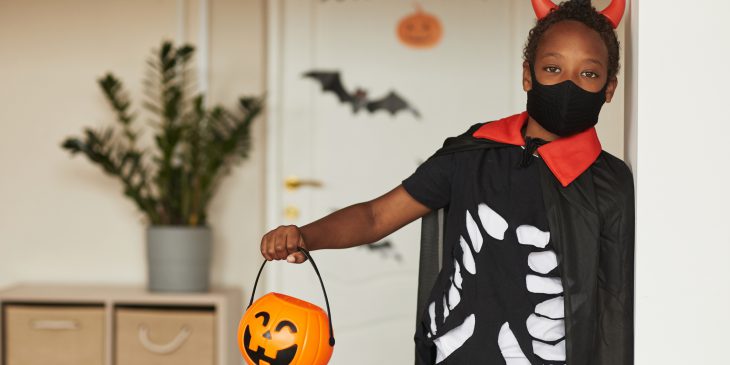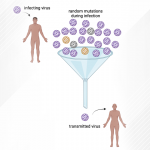Halloween masks might look a little different this year but careful measures to stay safe from COVID-19 can ensure a happy, healthy holiday.
“I think it’s possible to handle the holiday safely, but Halloween parties probably shouldn’t happen. Getting people together in groups has been a big source of virus spread and clusters of infections,” said John Williams, M.D., chief of the Division of Pediatric Infectious Diseases at UPMC Children’s Hospital of Pittsburgh and Director of the Institute for Infection, Inflammation, and Immunity in Children (i4Kids).
While many communities offer guidelines for trick-or-treating and festivities, it’s important for families to navigate Halloween based on their own risk factors and concerns.
“As for all activities during the pandemic, each family has to think about their own risk tolerance for their situation. If a family has vulnerable household members or close contacts, they may be less willing to take even very small risks,” said Williams.
The Centers for Disease Control and Prevention outlines the risk levels of various Halloween activities on its website. Safer, lower risk alternatives to trick-or-treating could include pumpkin carving, virtual costume contests or watching Halloween movies at home.
If your household decides to hand out candy this year, Williams recommends pre-packing individual treat bags for young children to “grab-n-go.” Additionally, some more creative candy distribution ideas like long-handled grabbing tools could be used to offer treats while staying socially distant.
The virus that causes COVID-19 is primarily spread person-to-person and there is little evidence of significant transmission from inanimate objects, so Williams says it isn’t necessary to wipe down every individual package of candy. If parents want to be more cautious, he said they may consider “quarantining” the candy until the next day so that if any virus is on the wrapper, it will no longer be able to cause infection.
Trick-or-treaters and parents should practice social distancing and incorporate masks into their costumes.
“Typical plastic Halloween masks with the eyeholes and mouth holes wouldn’t offer any protection either way, for children or adults. I strongly suggest parents make a cloth face mask part of the costume, as it may be uncomfortable for children to wear a cloth mask plus a plastic mask,” said Williams.
The CDC advises that anyone who may have COVID-19, or who may have been exposed to someone with COVID-19, should not participate in in-person Halloween festivities and should not give out candy to trick-or-treaters. Additional guidance on COVID-19 Halloween safety can be found through the CDC.








